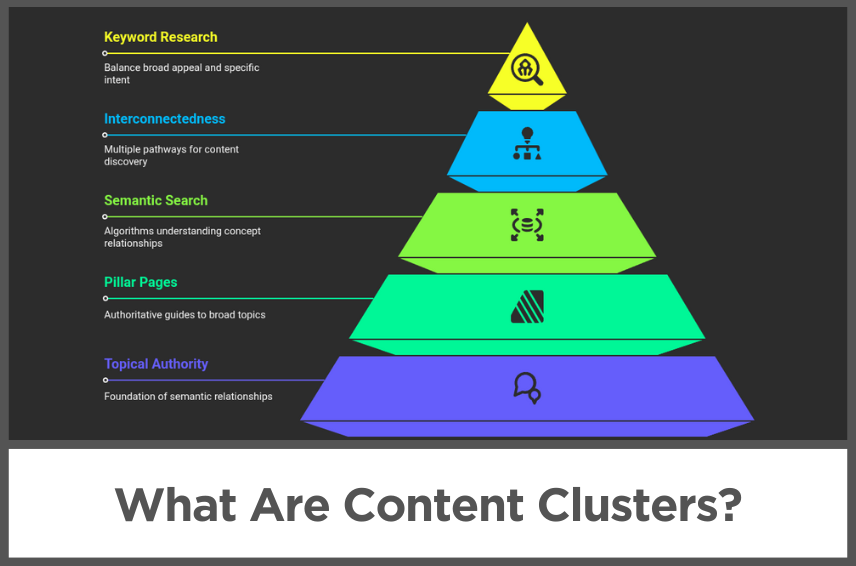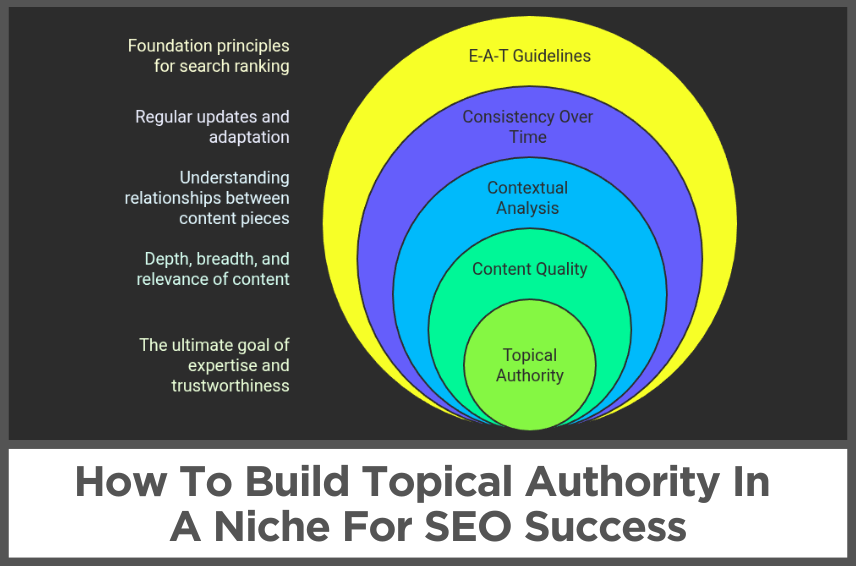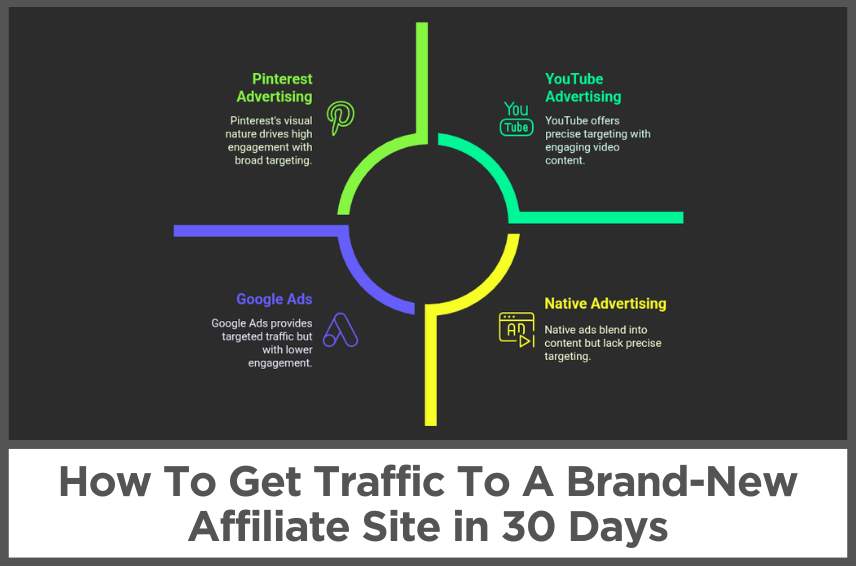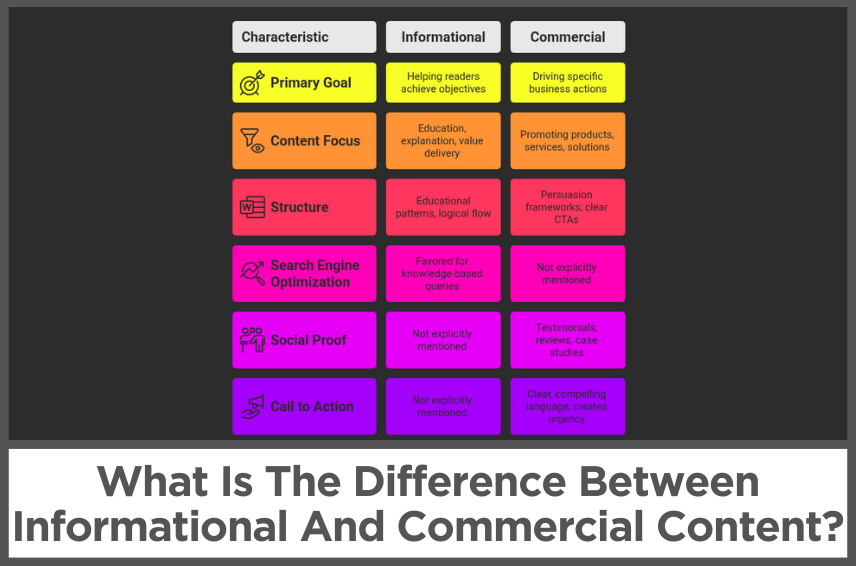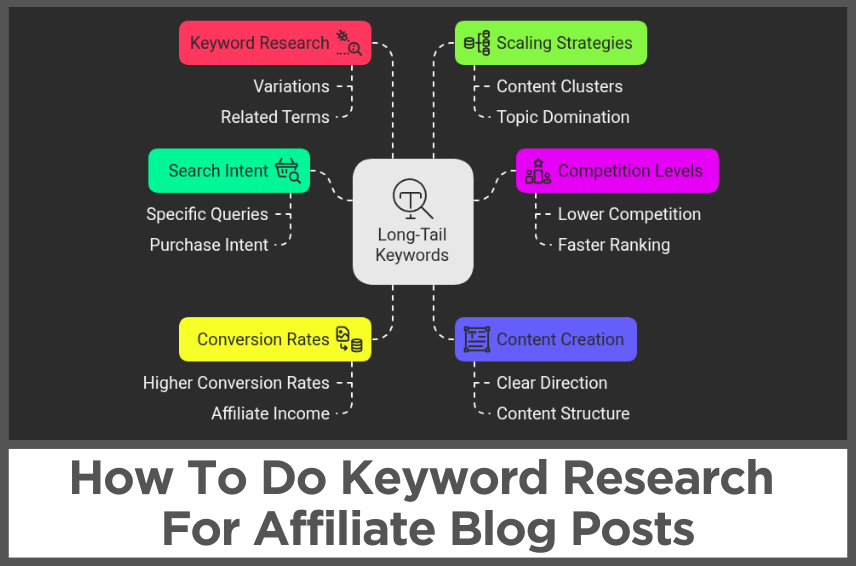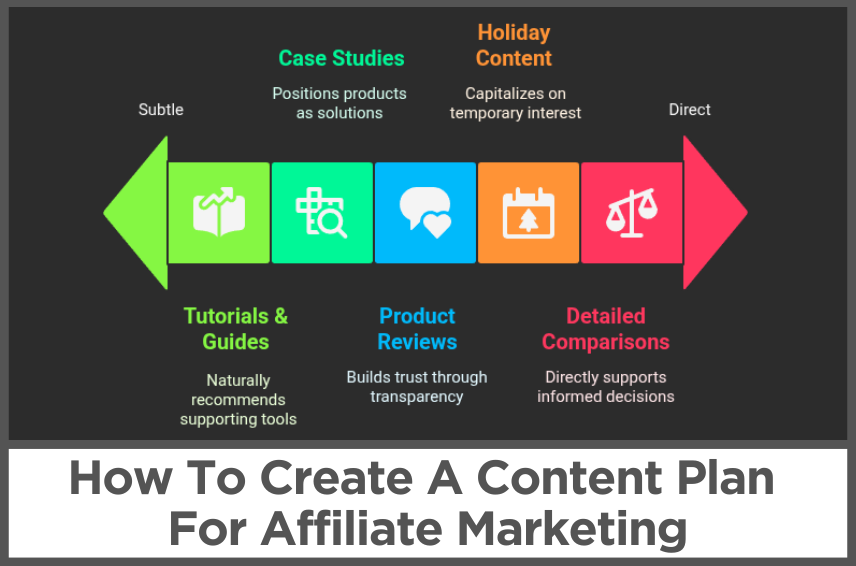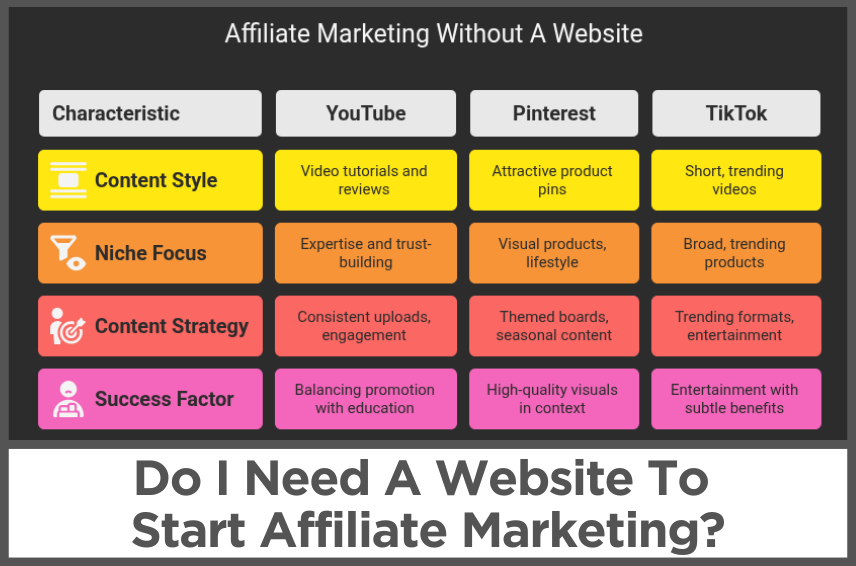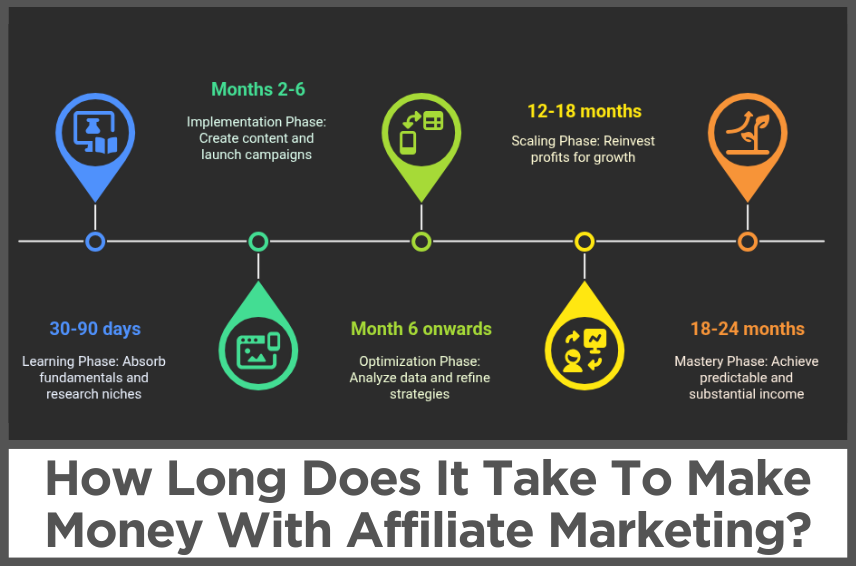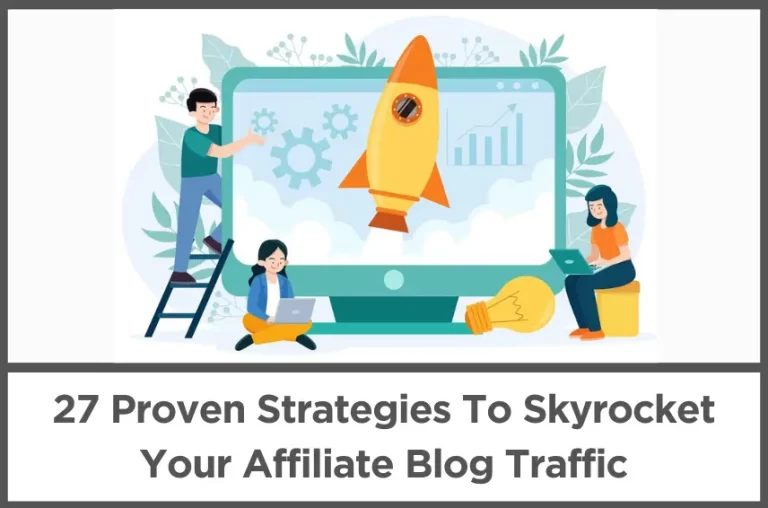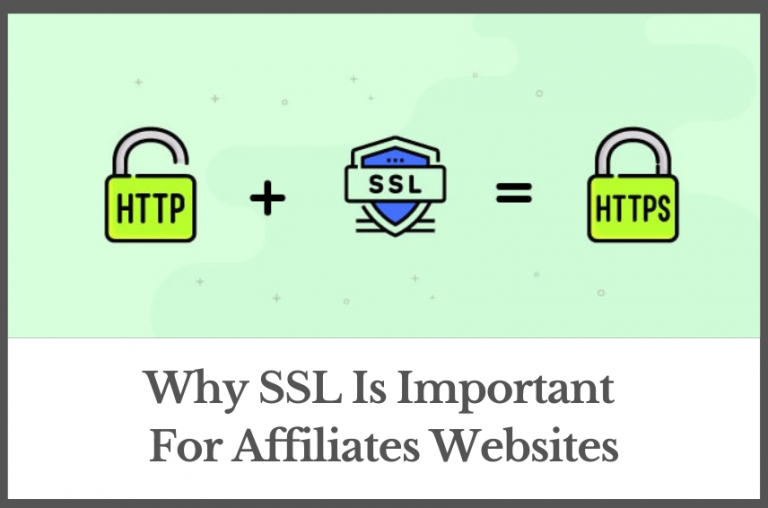What Are Content Clusters?
by Abhigyan
Content clusters represent a strategic approach to organizing your website content around central themes and related subtopics.
This powerful SEO methodology creates interconnected webs of content that establish your site as an authority on specific subjects while boosting your search engine rankings across multiple keywords.
For affiliate marketers, content clusters solve the challenge of competing against established brands and authority sites.
Instead of creating isolated blog posts that struggle to rank, you build comprehensive content ecosystems that demonstrate expertise and capture traffic across entire topic areas.
The strategy works by focusing your content creation around pillar topics that align with your affiliate offers.
You create detailed cornerstone content pieces that cover broad subjects, then develop supporting cluster content that explores specific aspects in greater depth.
This interconnected approach signals to search engines that your site provides valuable, authoritative information on the topics that matter to your audience.
Many successful affiliate sites have transformed their organic traffic by implementing content cluster strategies.
They’ve moved beyond keyword stuffing and thin content to create valuable resources that naturally attract backlinks, social shares, and loyal readers who trust their recommendations.
Disclosure: Some of the links I share might be affiliate links. If you click on one and make a purchase, I may earn a small commission as a thank you. But don’t worry, it won’t cost you anything extra. I only recommend stuff I genuinely believe in. Your support helps me keep creating awesome content. You can read my full affiliate disclosure in my disclaimer page.
IN THIS POST :
ToggleThe Core Principles Of Content Clusters
Content clusters operate on the foundation of topical authority and semantic relationships between related concepts.
Search engines have evolved beyond simple keyword matching to evaluate content comprehensiveness and topic coverage depth.
This shift rewards sites that thoroughly explore subjects rather than those that publish scattered, unrelated articles.
The cluster model centers around pillar pages that serve as authoritative guides to broad topics relevant to your affiliate niche.
These comprehensive resources cover fundamental concepts while linking to more specific cluster content that explores subtopics in detail.
The structure mirrors how people naturally learn about subjects, starting with overviews before diving into specialized areas.
Semantic search plays a crucial role in cluster effectiveness.
Modern search algorithms understand relationships between concepts, recognizing when sites provide comprehensive coverage of related topics.
This recognition translates into improved rankings for all content within well-structured clusters, creating compound SEO benefits that isolated articles cannot achieve.
The interconnected nature of clusters creates multiple pathways for discovery.
Visitors might enter your site through any piece of cluster content, then navigate to related articles that address different aspects of their interests.
This increased engagement signals value to search engines while providing more opportunities to present relevant affiliate offers.
Successful clusters require careful keyword research that identifies both primary topics and related subtopics with search volume.
The goal involves finding balance between broad appeal and specific intent, ensuring your cluster attracts substantial traffic while addressing the precise needs that lead to affiliate conversions.
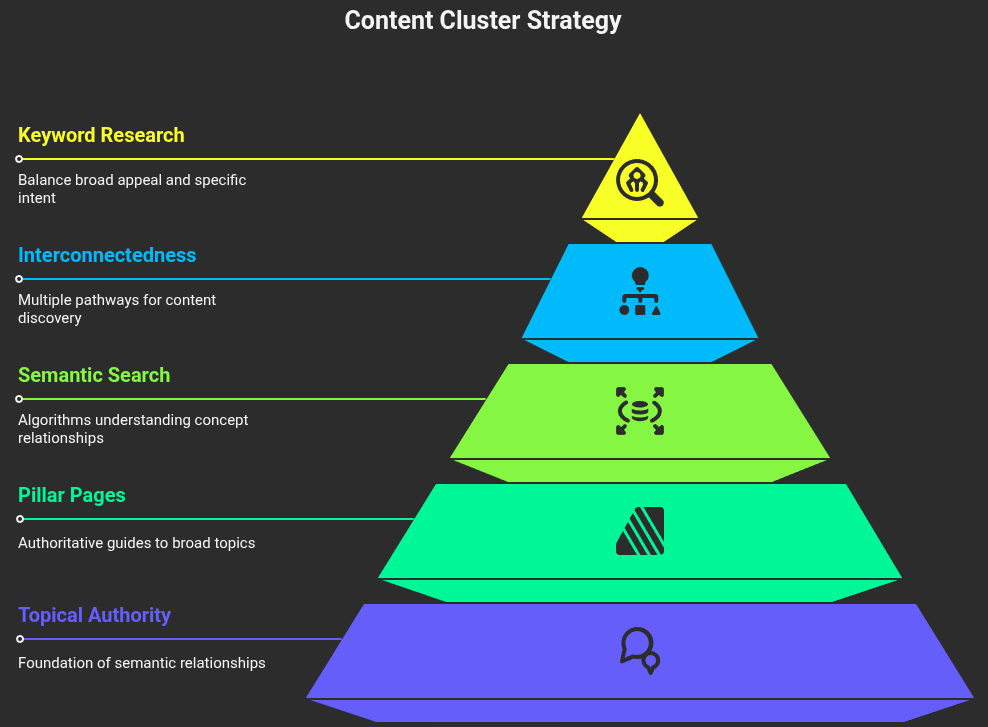
How Content Clusters Transform Affiliate SEO Performance
Traditional affiliate SEO often relies on targeting individual commercial keywords with product reviews or comparison articles.
While these approaches can work, they face increasing competition and limited scaling potential.
Content clusters expand your reach by capturing traffic across entire topic areas while building the authority needed to rank for competitive commercial terms.
Clusters improve your site’s ability to rank for long-tail keywords that individual articles might miss.
When you create comprehensive topic coverage, your content naturally incorporates variations and related terms that attract diverse search queries.
This expanded keyword coverage increases your total organic traffic potential significantly.
The authority-building aspect of clusters addresses one of affiliate marketing’s biggest SEO challenges.
Search engines increasingly favor sites that demonstrate expertise and trustworthiness, especially for YMYL (Your Money Your Life) topics common in affiliate marketing.
Comprehensive topic coverage signals expertise more effectively than isolated product reviews.
Clusters create more opportunities for natural affiliate promotion.
Instead of forcing product mentions into unrelated content, you can strategically place affiliate offers within relevant cluster articles where they provide genuine value.
This contextual relevance improves conversion rates while maintaining content quality.
The internal linking structure within clusters distributes authority throughout your site more effectively.
High-performing cluster articles can boost the rankings of related content through strategic internal links, creating rising tide effects that benefit your entire topic area.
Planning Your Content Cluster Strategy for Maximum Impact
Effective cluster planning begins with thorough research into your target audience’s information needs and search behaviors.
You need to understand the complete customer journey from initial awareness through purchase decision, identifying content opportunities at each stage that align with profitable affiliate offers.
Topic selection requires balancing search volume potential with competition levels and monetization opportunities.
The most effective clusters often focus on topics where you can provide unique insights or address underserved aspects of popular subjects.
This approach helps you compete against established authorities while building your own expertise reputation.
Keyword research for clusters extends beyond traditional commercial terms to include informational and navigational queries.
You want to identify the full spectrum of searches related to your chosen topics, from beginner questions to advanced techniques.
This comprehensive approach ensures your clusters capture traffic across all stages of user intent.
Content mapping involves organizing your identified keywords and topics into logical cluster structures.
Each cluster should have clear hierarchies with pillar content at the center and supporting articles that explore specific aspects.
The relationships between pieces should be obvious to both users and search engines.
Competitive analysis reveals gaps in existing content coverage that your clusters can exploit.
Study top-ranking sites in your niche to identify topics they cover superficially or miss entirely.
These gaps represent opportunities to create superior resources that can capture market share.
Creating Pillar Content That Anchors Your Clusters
Pillar pages serve as comprehensive guides that cover broad topics relevant to your affiliate niche.
These extensive resources typically range from 3,000 to 10,000 words and address fundamental concepts that your target audience needs to understand.
The goal involves creating definitive resources that others will reference and link to naturally.
Pillar content should provide genuine value while establishing your expertise on the subject.
This means going beyond surface-level information to offer insights, analysis, and practical guidance that readers cannot easily find elsewhere.
The quality bar for pillar content must be exceptionally high since these pages anchor your entire cluster strategy.
Structural organization becomes crucial for pillar page effectiveness.
Use clear headings, logical flow, and comprehensive coverage that addresses all major aspects of your chosen topic.
Include relevant examples, case studies, and actionable advice that demonstrates practical understanding.
Strategic affiliate integration within pillar content requires subtlety and relevance.
Product recommendations should emerge naturally from the content rather than feeling forced or promotional.
Focus on how specific products or services help solve problems discussed in your pillar content.
Visual elements enhance pillar page engagement and shareability.
Include relevant images, infographics, charts, and other visual aids that support your content and make complex information more digestible.
High-quality visuals also increase the likelihood of earning backlinks from other sites.
Developing Supporting Cluster Content That Ranks
Cluster content explores specific aspects of your pillar topics in greater depth, targeting more focused keywords while supporting the overall cluster theme.
These articles typically range from 1,500 to 3,000 words and address particular questions or subtopics that deserve dedicated coverage.
Each cluster article should provide complete value on its specific topic while connecting logically to your pillar content and other cluster pieces.
The goal involves creating standalone resources that also function as parts of a larger content ecosystem.
This dual purpose ensures individual articles can rank well while contributing to cluster authority.
Keyword targeting for cluster content focuses on more specific, often long-tail terms that relate to your broader pillar topics.
These keywords usually have lower search volumes individually but collectively can drive significant traffic while facing less competition than broader terms.
Content depth remains important even for more focused cluster articles. Shallow content that barely addresses its topic will not rank well or provide value to readers.
Each cluster piece should thoroughly explore its specific angle while maintaining the quality standards established by your pillar content.
Natural internal linking opportunities emerge when cluster content genuinely relates to other pieces in your ecosystem.
These connections should enhance user experience by guiding readers to relevant additional information rather than existing solely for SEO purposes.
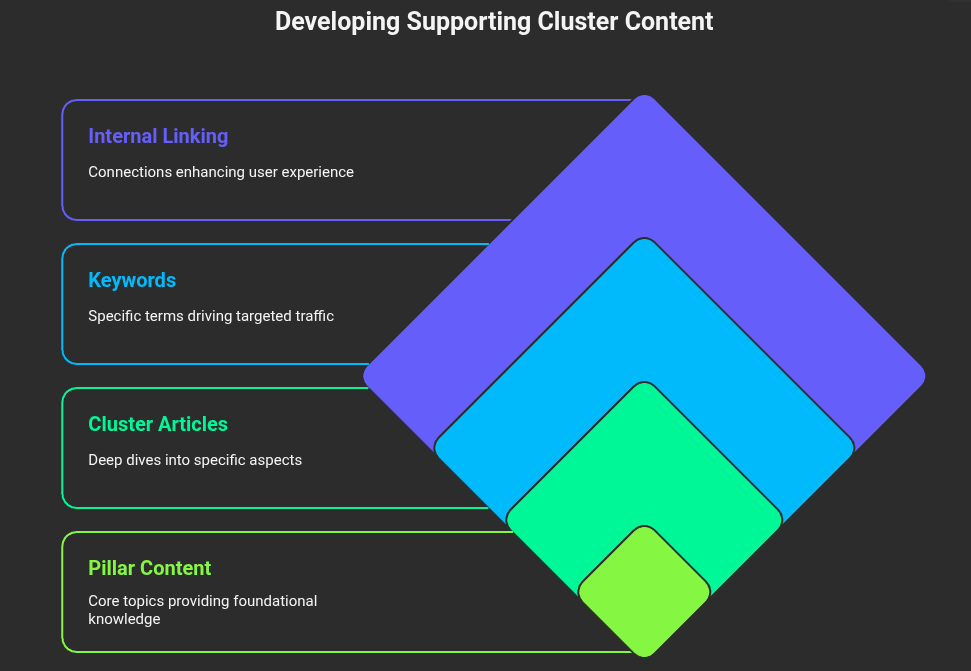
Internal Linking Strategies That Boost Cluster Authority
Strategic internal linking forms the foundation that transforms individual articles into powerful content clusters.
These connections help search engines understand topic relationships while guiding users through logical content progressions that increase engagement and demonstrate expertise.
The hub and spoke model represents the most common cluster linking pattern.
Your pillar content serves as the central hub with links to all relevant cluster articles, while cluster pieces link back to the pillar page and to related cluster content when contextually appropriate.
This structure creates clear hierarchies that search engines can easily interpret.
Contextual relevance should drive all internal linking decisions within clusters.
Links work best when they provide genuine value to readers by directing them to information that expands on points mentioned in the current article.
This natural approach improves user experience while maximizing SEO benefits.
Anchor text diversity helps avoid over-optimization penalties while improving the semantic understanding of your linked content.
Use varied, descriptive anchor text that clearly indicates what readers will find when they click through to linked articles.
Link placement within cluster content affects both user experience and SEO value.
Links embedded naturally within body text typically perform better than those relegated to sidebars or footers.
Strategic placement within relevant paragraphs ensures maximum visibility and engagement.
Measuring Content Cluster Success and ROI
Effective measurement of content cluster performance requires tracking multiple metrics that reflect both SEO success and affiliate revenue generation.
Traditional single-page metrics provide incomplete pictures of cluster effectiveness since the strategy’s benefits emerge from collective performance rather than individual articles.
Organic traffic growth across entire clusters provides better success indicators than individual page performance.
Track traffic increases for all cluster-related keywords and content pieces to understand the cumulative impact of your strategy.
This holistic view reveals the true power of cluster implementation.
Ranking improvements for target keywords demonstrate SEO progress, but focus on keyword groups rather than individual terms.
Successful clusters often show improved rankings across dozens or hundreds of related keywords as topical authority builds over time.
Revenue attribution becomes more complex with cluster strategies since visitors might consume multiple pieces of content before converting.
Implement tracking that captures the complete user journey, identifying which cluster content contributes to affiliate conversions even when it is not the final touchpoint.
Engagement metrics like time on site, pages per session, and bounce rates improve as clusters provide more comprehensive information and natural navigation paths.
These behavioral signals reinforce to search engines that your content provides value, creating positive feedback loops for rankings.
Advanced Content Cluster Tactics for Competitive Niches
Competitive analysis takes on greater importance in challenging niches where established authorities dominate search results.
Study successful competitor clusters to identify structure patterns, content gaps, and opportunities for superior coverage that can capture market share.
Content freshness becomes crucial for maintaining cluster authority over time.
Regular updates to pillar content and periodic additions of new cluster articles signal ongoing expertise while addressing evolving search trends and user needs.
This commitment to currency helps maintain competitive advantages.
Multi-format content creation expands cluster reach beyond traditional blog articles.
Include videos, podcasts, infographics, tools, and other content types that address different learning preferences while targeting various search result types like featured snippets and video carousels.
Guest content integration allows you to enhance cluster authority through expert contributions and diverse perspectives.
Invite industry experts to contribute to your clusters while building relationships that can lead to valuable backlinks and increased visibility.
Technical optimization ensures that cluster architecture performs optimally for both users and search engines.
Implement proper schema markup, optimize site speed, ensure mobile responsiveness, and create XML sitemaps that highlight cluster relationships to maximize technical SEO benefits.
Final Thoughts On Content Clusters
Content clusters represent a fundamental shift in how successful affiliate sites approach SEO and content creation.
This strategy moves beyond isolated articles competing for individual keywords to create comprehensive resources that establish genuine expertise and capture traffic across entire topic areas.
The implementation requires significant planning and commitment, but the results justify the investment.
Sites that successfully deploy cluster strategies often see dramatic improvements in organic traffic, search rankings, and affiliate revenue as they build topical authority that compounds over time.
Success with content clusters demands patience and consistency.
The benefits emerge gradually as search engines recognize your comprehensive topic coverage and users discover the value of your interconnected resources.
Quick wins are rare, but long-term results can be transformational for affiliate sites willing to invest in quality.
The competitive landscape continues favoring sites that provide genuine value and demonstrate expertise.
Content clusters align perfectly with these trends, positioning your affiliate site for sustained success as search algorithms become increasingly sophisticated.
Start with one cluster focused on your most promising topic area, then expand your strategy as you refine your approach and see results.
The initial cluster serves as both a learning experience and a foundation for broader implementation that can revolutionize your affiliate SEO performance.
Remember that content clusters work best when they genuinely serve your audience’s needs rather than existing solely for SEO purposes.
Focus on creating valuable resources that solve real problems, and the search rankings will follow naturally as a result of that value creation.
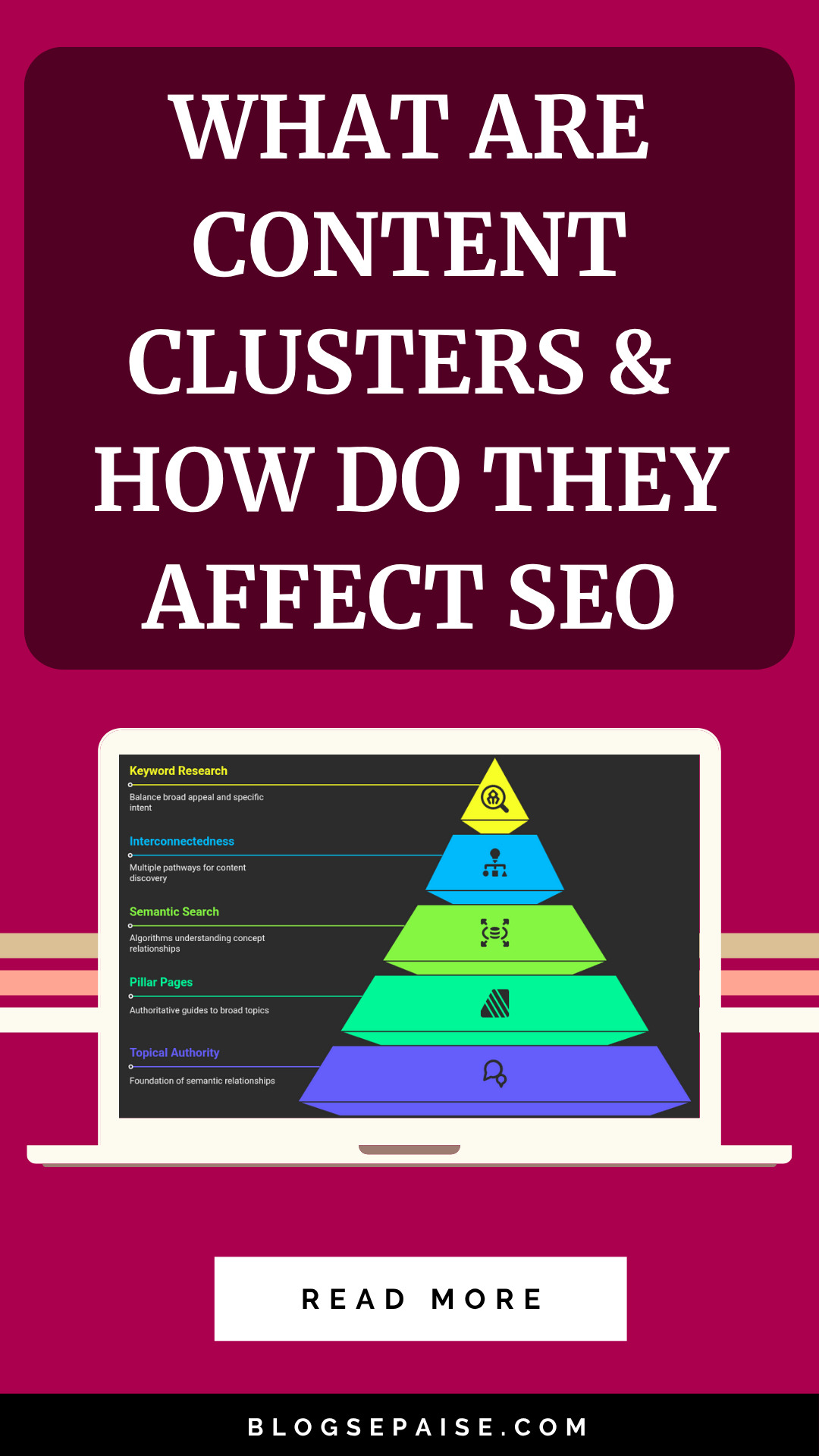
If you find this article helpful, kindly share it with your friends. You may also Pin the above image on your Pinterest account. Thanks!
Abhigyan Mahanta
Hi! I’m Abhigyan, a remote web developer and an affiliate blogger. I create beginner-friendly guides to help new affiliates get started and grow in affiliate marketing. I also share information on remote companies and interview preparation tips.

